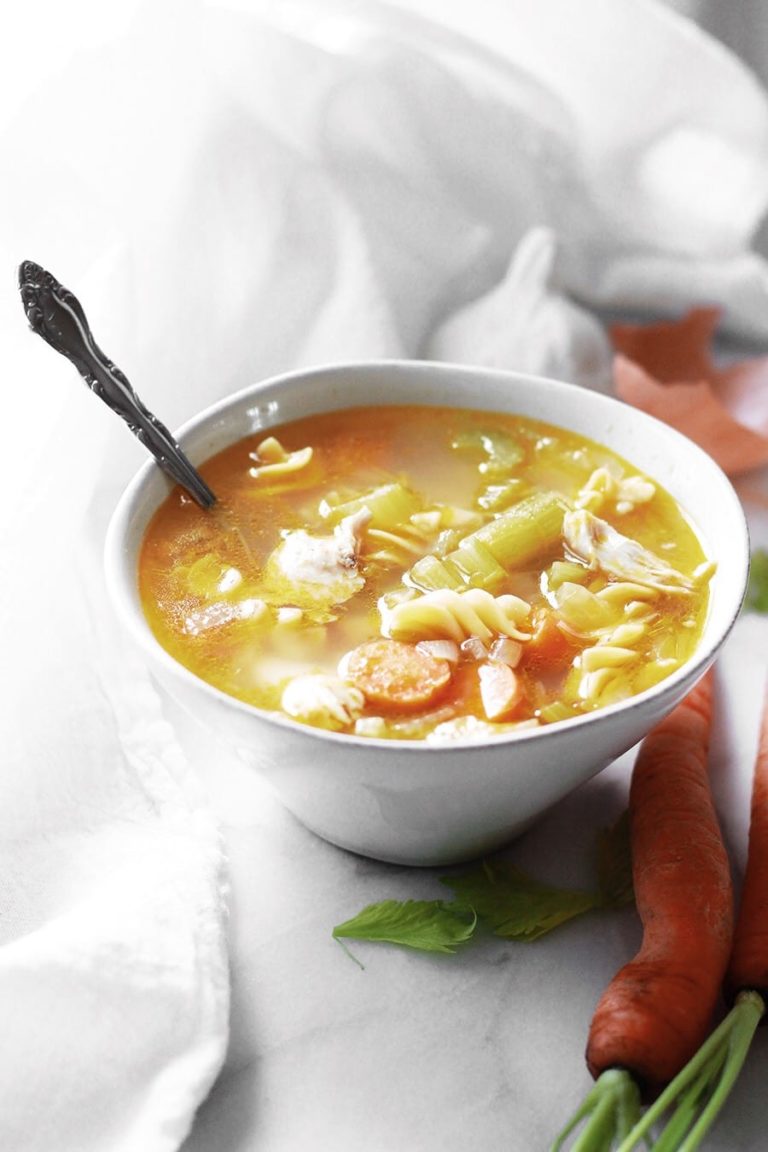

(Image credit: Future/Annaick Guitteny) Can I plant carrots in a greenhouse? Varieties such as the Amsterdam and Nantes are good, fast maturing varieties, making them excellent for growing under cloches in the colder winter months. You can force an earlier crop by using a cloche to protect your seedlings from frost. 'They need plenty of sun to grow well, so the longer spring days are perfect.'īe aware that some varieties will bolt if temperatures are too low, so choosing a variety that is hardy is key if you want to start sowing even earlier in the year. 'Carrots can be started from 1 April in the Midwest,' explains Mike Davison, greenhouse manager at Platt Hill Nursery (opens in new tab) in Illinois. However, they will germinate at temperatures as low as 40☏ (4☌). Carrots need warmth to germinate and, as such, a temperature of about 50☏– 80☏ (10 ☌–26☌) is perfect. You must take into account your specific climate, as well as the location you plan on planting the carrots – for instance whether part of your vegetable garden container ideas or directly into the ground.Īs a general rule, carrots should be sown in early spring and again in early fall. When thinking about the best month for when to plant carrots, there are a few variables to consider. We comply with the Federal Trade Commission 1998 Children’s Online Privacy Protection Act (COPPA).(Image credit: Unsplash) What is the best month to plant carrots?
#When to harvest carrots code
The 4-H Name and Emblem have special protections from Congress, protected by code 18 USC 707. Reference to commercial products or trade names does not imply endorsement by MSU Extension or bias against those not mentioned. This information is for educational purposes only. Quentin Tyler, Director, MSU Extension, East Lansing, MI 48824. Issued in furtherance of MSU Extension work, acts of May 8 and June 30, 1914, in cooperation with the U.S. Michigan State University Extension programs and materials are open to all without regard to race, color, national origin, gender, gender identity, religion, age, height, weight, disability, political beliefs, sexual orientation, marital status, family status or veteran status.
#When to harvest carrots full
MSU is an affirmative-action, equal-opportunity employer, committed to achieving excellence through a diverse workforce and inclusive culture that encourages all people to reach their full potential. For best flavor, do not harvest fall carrots until after a good frost. Depending on cultivar and sowing date, harvesting may begin as early as July and continue until the end of October. Harvest carrots while they are still small, no more than 1 to 1.5 inches in diameter. Insects: Aster leafhoppers, wireworms, carrot weevils.ĭiseases: Alternaria, cercospora, aster yellows. For long season varieties on light soils, side-dressing with nitrogen may be helpful for optimal growth and quality. Reduce watering when carrots reach three-quarters of their mature size to lessen the chance of splitting. A uniform supply of water is necessary for good root growth. Keep the soil moist until the seedlings are at least 1 inch high then thin to 2 inches between plants. If you are determined to grow carrots in a heavy soil, you’ll have better results with the shorter cultivars.

Carrots grown in such soils may develop forked and stubbed roots work soil deeply so roots can reach their full length. Carrots are also sensitive to compacted soil. The quickly germinating, sturdy radish seedlings break up the crust so the delicate carrot seedlings can get through. Sowing radish seeds with carrots may help solve the emergence problem. Soils that crust easily after a rain are not suitable because the seedlings will have trouble breaking through the surface. Preparation and plantingĬarrots grow best on deep, loose, well-drained mineral or organic soils with good water-holding capacity and few physical obstructions, such as stones. Many different colored carrot varieties are also now available, including purple and yellow carrots. If you are interested in storage, chose varieties bred for that purpose. When choosing varieties, look for those with good resistance to alternaria and cercospora. Nantes types, like Nelson and Bolero, have excellent eating quality and fast maturity and are often preferred by home gardeners. Imperator carrots are long with small shoulders and a tapered tip Nantes are medium length with a blunt tip Danvers are large and medium length and Chantenay are short with large shoulders. Carrots are classified by the shape and length of the root.


 0 kommentar(er)
0 kommentar(er)
